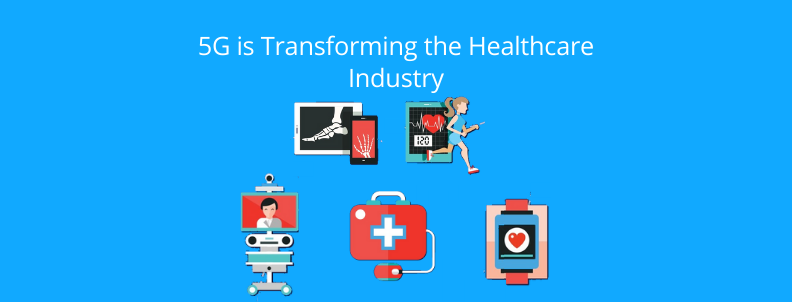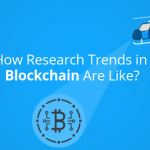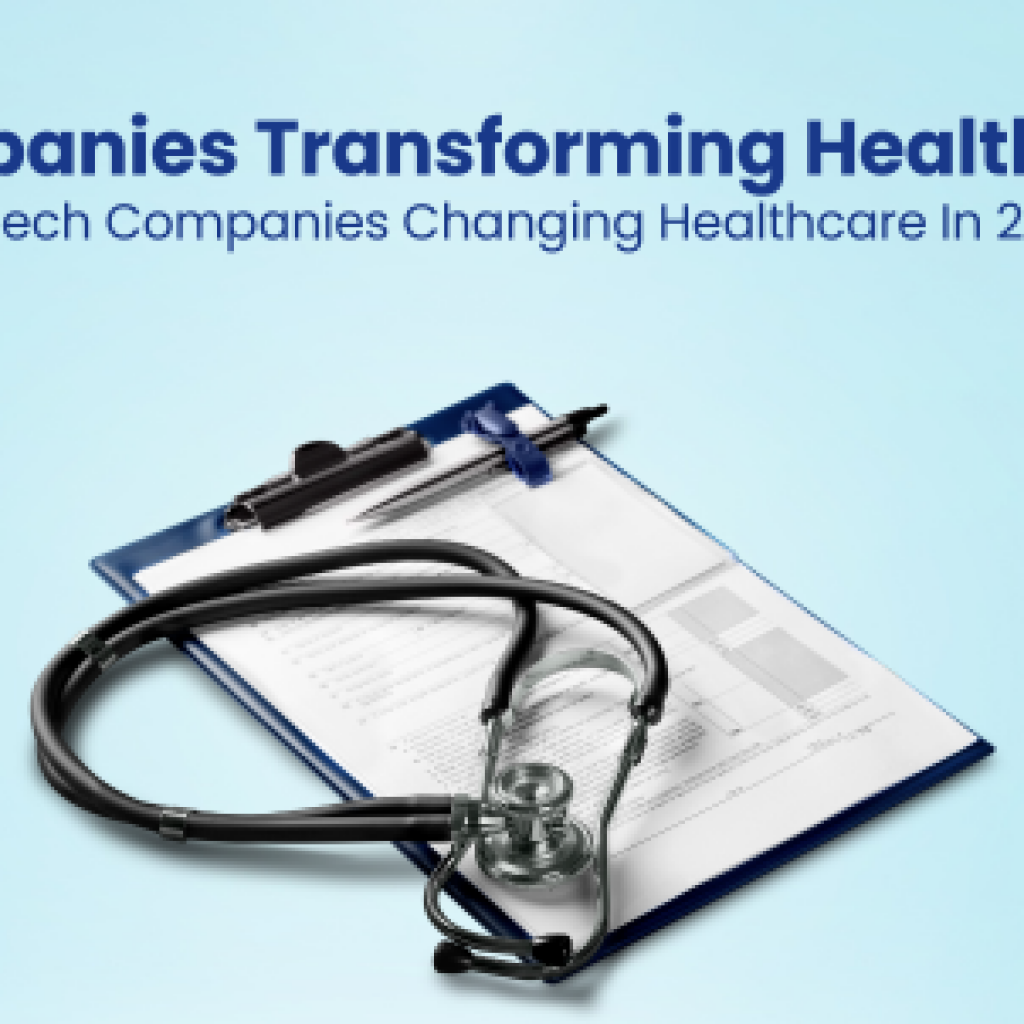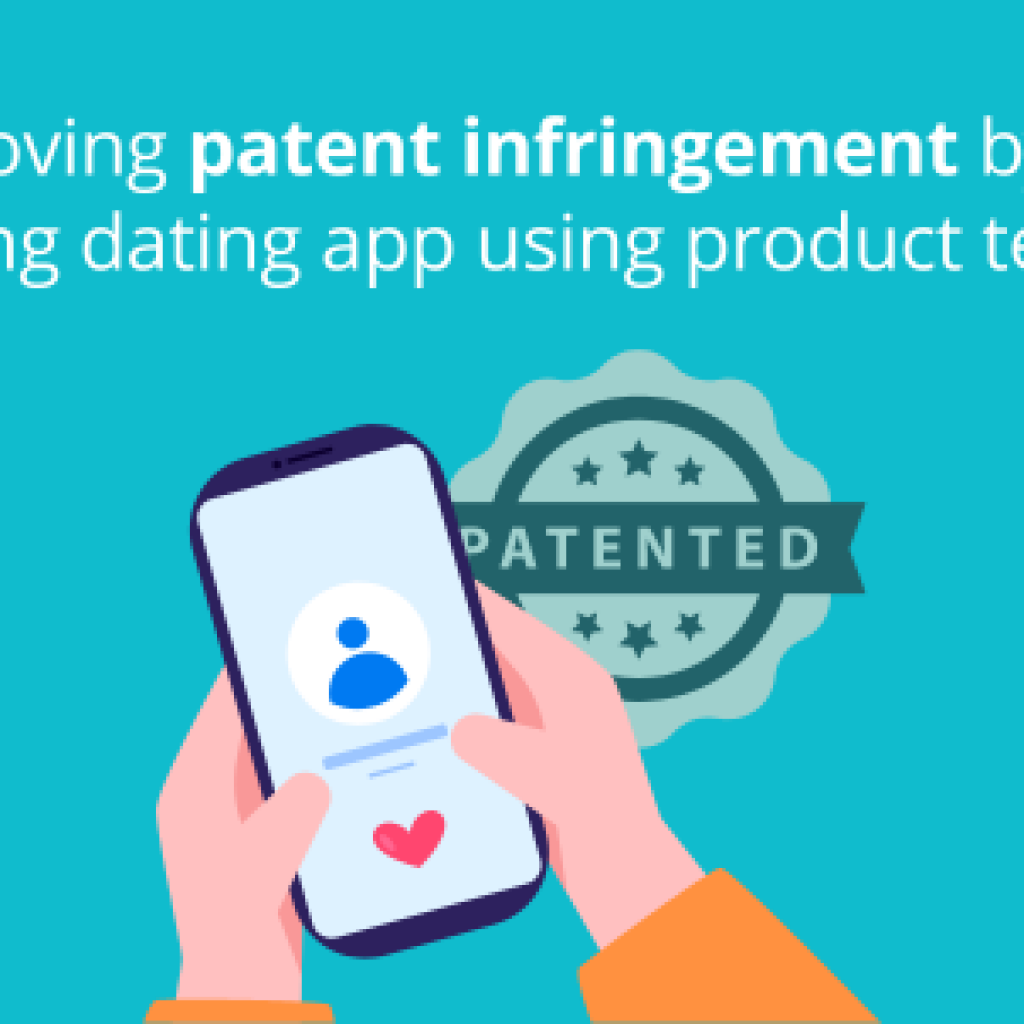5G in healthcare is quickly becoming one of the most talked-about trends across industries, wouldn’t you say? And it’s not only because it’s projected to be used in everything from self-driving cars to smart cities within our lifetime, but also because this technology will increasingly influence all other emerging techs such as artificial intelligence (AI), blockchain, and machine learning applications.
With the advent of 5G, healthcare today isn’t just a product or care delivery system but has moved towards being more data-oriented. The area of the Healthcare sector that holds the most promise for the operators of 5G is patient applications especially those used outside of traditional hospital environments. Some of the use cases validating this are the growth of telemedicine, online consultations, continuous health monitoring, remote surgeries, and the like.
This being said, the emerging question is if, the introduction of 5G and the huge data exchange it brings, will challenge the dynamics of this industry?
How is 5G impacting the Healthcare Industry?
5G is revolutionizing the healthcare industry in many ways. The Healthcare ecosystem is continuously evolving into an interconnected network of multiple sectors, stakeholders, and services working to incorporate 5G and its benefits into healthcare.
With this, there are soon to come more patent filings, more penetration of start-ups, more customer-driven business models, and more than ever IP licensing agreements.
The following patent application trend shows how the filings have increased from 9000 in 2012 to around 25,000 in 2020.
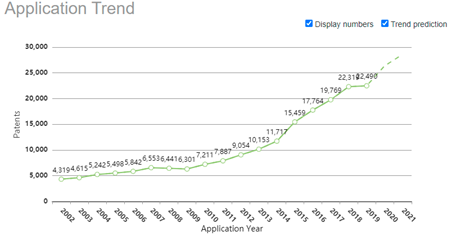
This suggests not only the increase in IP awareness in Healthcare but also the abundant future litigation protection strategies that patent filing brings. Other stakeholders do not participate in the filing race but equally affect the Healthcare dynamics.
To get a better idea, let us lay out the Ecosystem of the Healthcare Industry. This healthcare ecosystem is created with well-defined stakeholders to lay down a template to understand exactly how 5G will affect their relationships with each other, in the further articles of our series, 5G in healthcare.
What does the 5G Ecosystem look like?
The diagram presents the various stakeholders in the Healthcare Industry. Moving forward let’s see how 5G will be impacting each one of these.
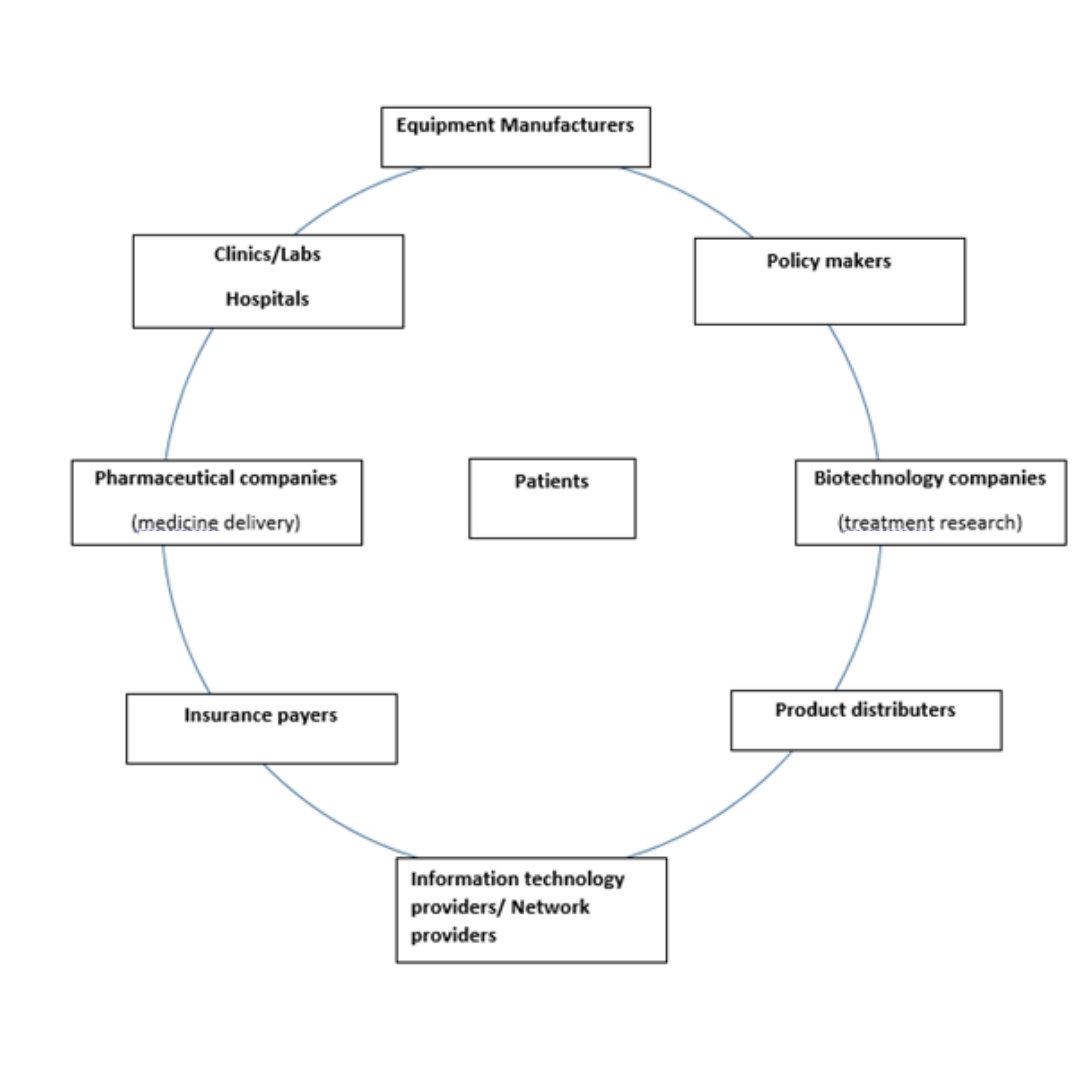 Patients
Patients
The entire 5G healthcare models are deemed to be more customer-centric, aimed at providing care and services at efficient costs to the customer. This makes customers the center of the ecosystem with every stakeholder being directly affected or affecting them.
Let’s understand how companies are moving towards providing better patient monitoring with an example.
In early 2020, Apple acquired AI startup Xnor.ai, which specializes in low-power edge-based tools, for $200M. Xnor.ai brings remote monitoring capabilities to wearable devices. The acquisition could lead to added health features, such as monitoring blood oxygen levels, available on the Apple Watch, which can already detect irregular heartbeats and strokes because this information can be transmitted to doctors in real-time, sudden spikes or other potentially dangerous conditions can be flagged right away.
This shows the commitment to providing better services to patients at lower costs by companies proving the importance of customer satisfaction and convenience. With 5G technology, which has lower latency and higher capacity, healthcare systems can offer remote monitoring for more patients. Providers can then be confident that they will receive the data they need in real-time and can provide the care their patients need and expect.
Clinics/Labs/ Hospitals
5G serves as a virtual platform that needs a physical implementation to be able to reach out to patients and this need is fulfilled by the Hospitals/Clinics and Labs that directly provide services to the patients in Healthcare. Apart from a suitable means of service many hospitals are collaborating with other stakeholders in the ecosystem for innovative research and greater facilities.
The collaboration of AT&T and VITAS Healthcare is one of the examples of how 5G is changing the healthcare ecosystem of labs and clinics. The collaboration aims to study the effects of eventual 5G-enabled AR and VR on patient engagement. The goal is to reduce pain and anxiety for terminally ill patients in hospice by providing calming, distracting content via 5G-enabled AR and VR.
Pharmaceutical Companies
A pharmaceutical company discovers, develops, produces, and markets drugs. Now with the introduction of 5G in healthcare, pharmaceutical companies have entered into the worldwide delivery process of their products. Pharma manufacturing is understandably very regulatory, industry standards, and standard operating procedures are driven due to the stringent quality requirements and patient safety. However, the current pharma IT infrastructures, which can still date even decades back, are not sufficient for meeting the new pharma reality requirements.
Since the emerging 5G standardization promises to create a globally standardized networking infrastructure for the improved industrial internet and Internet of Things (IoT) services. These capabilities are the foundation for implementing end-to-end digitalized pharma solutions.
Also as AI is becoming increasingly sophisticated, it is likely to play an increasing role in R&D including in the life sciences. AI may be able to improve the efficiency of some historically very inefficient practices. Pharma and tech companies are likely to develop AI to automate more and more of the drug discovery process.
With the Prime Minister of United Kingdom, Boris Johnson announcing that £250 million will be used to set up a national AI laboratory, it is predicted that “AI presents an opportunity to help alleviate some of the pressure, while also offering the potential for groundbreaking revolution in what healthcare can do”.
Insurance Payers
The cost of healthcare is rising, as healthcare spending in the US has increased by nearly a trillion dollars over the past two decades. The new ecosystem also focuses on reducing healthcare costs and making quality healthcare accessible to everyone.
The healthcare industry is set to see improved data sharing between healthcare providers, fitness and medical trackers, patients, and health insurers. The reduced cost and increased reliability should lead to more accurate health and life insurance quotes and open up the option for positive reinforcement policies; which could reduce your premium if you maintain a certain level of activity or fitness.
In the healthcare insurance space, 5G will enable always-on device connectivity, power telehealth solutions, and enhance data sharing among patients, caregivers and insurers, bringing connected health care to the next level. With more data available leading to greater accuracy in health and life insurance quotes, this will help to drive down premiums and contribute to a more personalized, proactive, and predictive approach to health insurance, and where consumers are incentivized to keep fit.
Information technology providers & Network providers
We know that the 5G adaptation requires the setting up of an entire infrastructure. The network provider companies like Nokia, BCom are the physical adaptation setters of 5G and since 5G is still a new boat that would take Healthcare to new waters, these stakeholders hold an important and widespread role in the ecosystem. If not directly, indirectly they affect all the stakeholders in the ecosystem.
It is believed that Edge computing can help speed up the transfer of patient information. Let’s see how the change in IT and Network providers of the healthcare system due to 5G will affect the overall healthcare system with an example.
Companies like Oncora Medical are developing edge-powered tools that go beyond data management, incorporating AI and adaptive technology to streamline workflows. Similarly, CloudMedX, which creates APIs that sync with warehoused data, enables medical professionals to access patient data, past notes, and care alerts in real-time.
Another example is BioSigns, which offers IoT-based mobile monitoring and telehealth application that can transfer patient data from an en-route ambulance to the ER. Doctors can receive updates on patient conditions and make decisions accordingly, ready to help from the moment the ambulance arrives.
Product Distributers
Healthcare distribution has never been just about delivery. It is about getting the right medicines to the right patients at the right time, safely and efficiently. The logistics experts take care of this.
How can 5G enhance this? Well, Edge computing and blockchain technology can help trace and verify pharmaceutical products as they travel along the supply chain. For example, Chronicled is a blockchain-powered supply network designed for the pharmaceutical industry. Its MediLedger Network offers secured contracts and communication as well as built-in security verification along each step of the chain of custody.
Biotechnology Companies
Biotechnology (biotech) companies derive their products from the extraction or manipulation of living organisms. These companies generally have very high operating costs as they are involved in research, development, and testing that takes years to complete.
How are Biotechnology companies riding the 5G boat? Let’s take a recent example.
Imaginalis, an Epica International Group company, researches, develops and produces robotic imaging medical devices for human and veterinarian applications. They’ve created several diagnostic imaging tools that accurately visualize internal and external structures in 2D and 3D and El.En with their state of the art laser equipment with a wide range of application areas, from dermatology and dentistry to sports medicine and surgery have teamed up with Ericsson.
This collaboration aims to use Ericsson’s expertise and technologies to make surgery that is more precise, less expensive, and reduces side effects for patients. One of the first activities planned is to aid Imaginalis in advancing remote diagnosis by improving mobile uplink connectivity and data compression to transfer images and perform remote analysis.
Equipment Providers
The medical devices industry is a fast-growing market driven by the complex needs of patients encouraging life science companies to develop innovative therapies to improve health and quality of life. This is envisioned by the manufacturing companies that bring ideas to reality for the patients to use. In 2019, the global medical devices market reached a value of nearly $456.9bn.
In Dec 2019, J&J announced an agreement to acquire the remaining stake in Verb Surgical Inc. following a successful strategic collaboration with Verily, an Alphabet company.
On April 1, 2019, Johnson & Johnson, a medical device manufacturer announced that Ethicon, Inc., has completed the acquisition of Auris Health, Inc. for approximately $3.4 billion, whose Monarch platform for bronchoscopic procedures has received approval from the U.S. Food and Drug Administration (FDA). Surgical robotics pioneer Dr. Frederic Moll co-founded Auris.
In 2018, J&J acquired France-based Orthotaxy, which has been working on robotics for total and partial knee replacements.
This shows the pace at which the companies are working to incorporate the most unique and innovative technologies into healthcare that will be backed up by the adoption of 5G.
Government/Policy Makers
The Government has a crucial role in allowing the 5G industry to deliver its full potential, most importantly in ensuring the secured services. Since it is vital that 5G is secured, as it will almost certainly lead to sensors and other devices communicating and making decisions independent of humans. If these decisions are to be trusted, then it is vital to be certain that there are properly structured rules and policies governing any misuse of the technology.
To contribute, there are various companies like Saguna that are working with hospitals and other stakeholders in the medical industry to develop edge computing platforms that secure information between hardware, mobile networks, and IoT devices. Zingbox is known within the cybersecurity industry as an edge computing security specialist focusing on IoT and external networks. It has teamed up with Nuvolo to deploy combined capabilities that concentrate on medical device security, the IoMT, and hospital security networks, both in the cloud and on the edge.
How can organizations step up with the revolution 5G is bringing to the healthcare industry?
Organizations are willing to invest in optimizing foundational structures, new technologies, and workforce processes, to create value-based care, health care services. We know this from the efforts carried out by various companies in each segment of the ecosystem to prepare themselves for the disruption 5G will bring to these industries. However, preparing for such kind of disruption without a solid IP strategy may not be the best idea.
The 5G technology ownership is currently dominated by the telcos, be it any vertical 5G may disrupt — from agriculture to healthcare. This means that all the industries which were previously untouched by the heavy SEP and licensing culture of the telecom industry will be affected now, including healthcare.
In the pursuit to understand more about the specific sectors and the respective dominant contributors to 3GPP standardization for 5G and use-cases, we did a quick study, and below is the representation for the same.
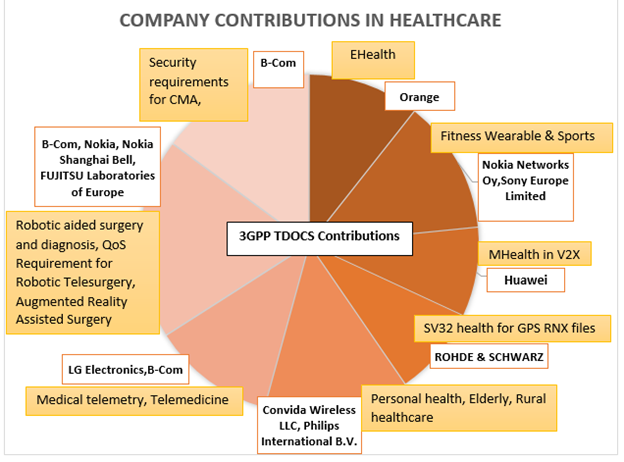
From the contributions in standards, we can see that lots of players are actually not from the core medical industry, but telecom. What can this mean?
Standardizing aspects of healthcare in 5G would also give these players a certain level of leverage when it comes to licensing SEPs in this domain. Hence, as this domain grows and is brought more into use, patent licensing will play an essential role to bring revenue for these companies.
Conclusion
Imagine this – There’s been an accident, the EMT rushes to get the patient to the hospital, in the back the other EMT checks his vital signs. It doesn’t look good. He immediately reaches out to the doctor for an AR sesh. There’s no time to search for the patient’s next of kin, no time to ask them for any medical history.
While the doctor monitors the patient, the EMT pulls out something that looks like a scanner, scans the patient’s iris, and enters his EMT passcode. All the patient’s medical history is in front of him now. By the time the EMT pulls up the ambulance to the emergency room, the patient data, past notes, care alerts, and insurance information have already been reviewed, and their next of kin have been automatically alerted via phone. The operating room is ready, and the doctor starts a robot-assisted surgery.
Pretty Sci-fi(y), right?
Well, Internet-connected ambulances, patient monitoring through AR, and robot-assisted surgeries are small examples of what normal healthcare will become with superfast 5G mobile networks.
Hence, we believe it is extremely important that we study in detail how the discussed entities will work together with the disruptive entrance of 5G. And analyzing IP data and technical contributions in standards can help companies leverage this information to make more meaningful business decisions and prepare for the future.
Our next study in the series aims at answering the question that as a business head, you definitely have on your mind next – ‘which companies should you collaborate with?’
Want to be the first one to know when our article goes live? Subscribe to us and we’ll make sure you are.
Authored by: Ravishta Kaundal and Sparsh Gupta, Infringement Team.

